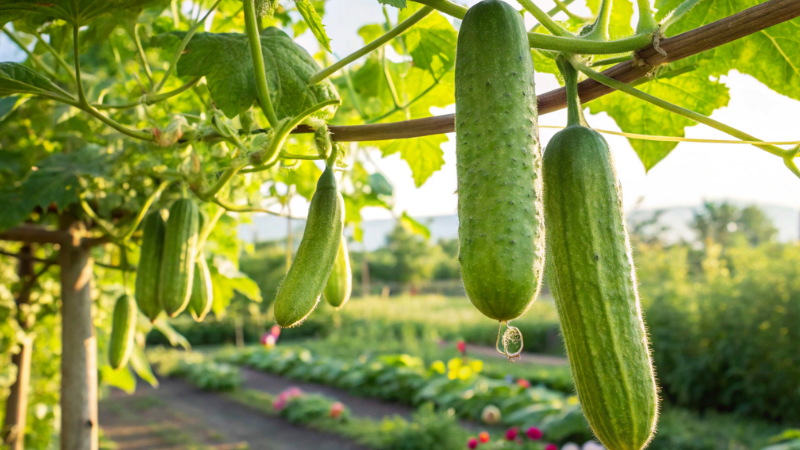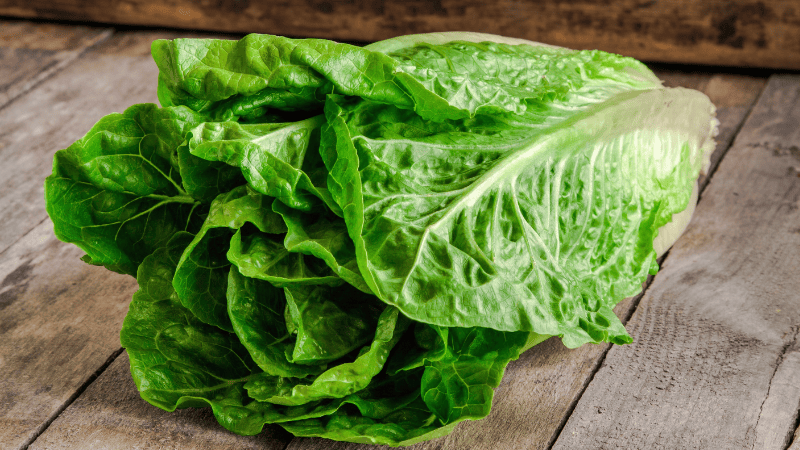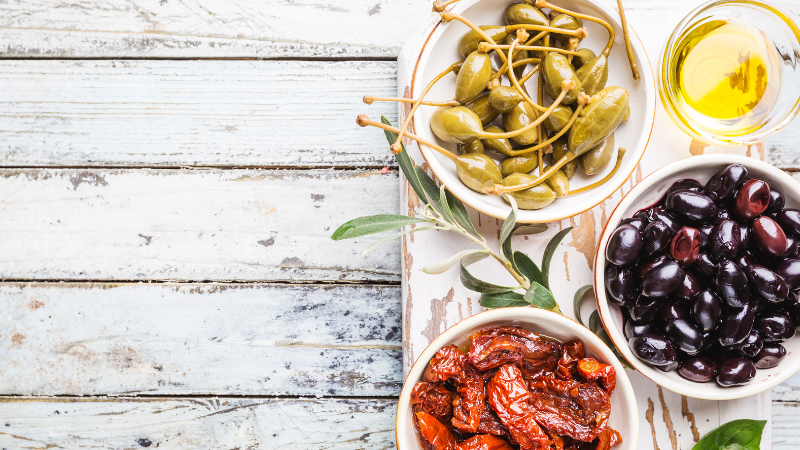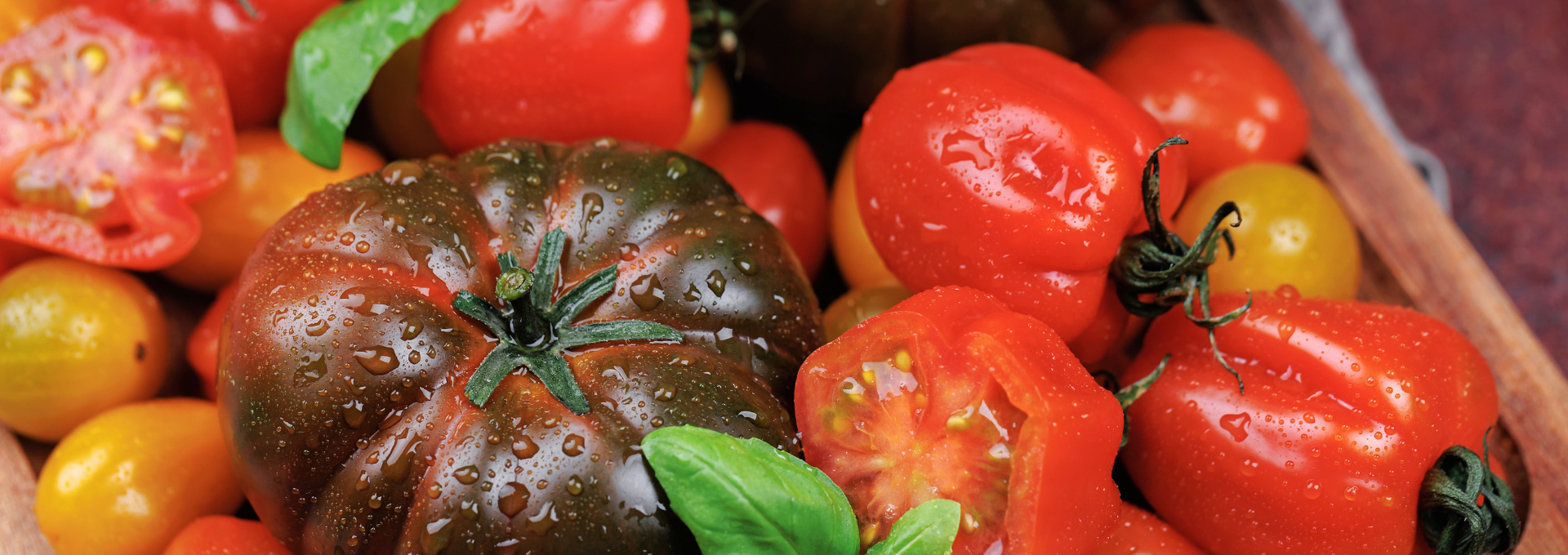
Tomatoes: A Red Guide to the Varieties That Make Italian Cuisine Great
Tomatoes: A Variety of Flavors Across Italy
Tomatoes are one of the symbols of Italian gastronomy, and their strength lies in the rich range of varieties cultivated throughout the country, each suited to different recipes. The famous San Marzano tomato, for example, comes from the Agro Sarnese-Nocerino region and is prized for its dense pulp, sweet flavor, and few seeds, making it ideal for sauces and preserves. The Cuore di Bue (“oxheart”), with its large size and firm texture, is often eaten raw in fresh salads. The Costoluto Fiorentino, with its ribbed shape and intense taste, is perfect for robust, home-cooked dishes. In Sicily, the renowned Pachino IGP tomato includes varieties like cherry and smooth round tomatoes—very sweet and versatile, great in both cold and warm dishes. The Pomodorino del Piennolo del Vesuvio DOP deserves special mention: a small, bright red tomato traditionally preserved in hanging bunches, a method that allows for off-season use. Lastly, the Datterino stands out for its natural sweetness and elongated shape, often used to enhance quick dishes or fresh salads. This diversity of tomatoes is not only an agricultural treasure, but also a cultural one that continues to inspire Italian cuisine in all its forms.
.
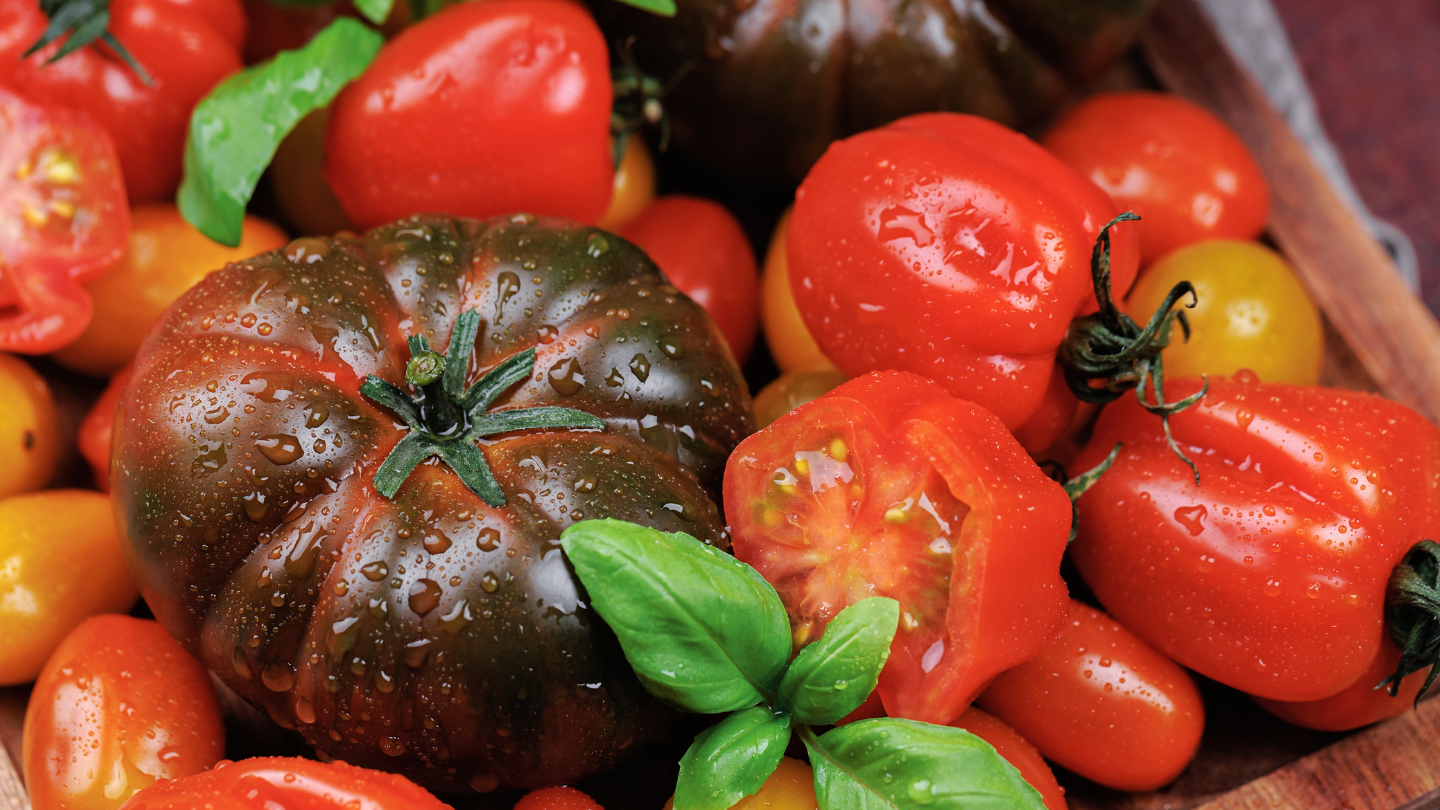
Nutritional Properties and Health Benefits of Tomatoes
Tomatoes are not just a culinary staple; they’re also rich in essential nutrients. With only about 30 calories per 100 grams, they provide potassium, vitamin C, vitamin K, and folate. One of their most studied compounds is lycopene, a natural antioxidant responsible for the tomato’s red color and associated with heart and arterial protection, as well as a reduced risk of certain cancers. Contrary to common belief, cooking tomatoes actually enhances the availability of lycopene, making sauces and preserves even healthier. Regular consumption of tomatoes—both raw and cooked—can contribute to a balanced diet and overall wellness, especially when paired with healthy fats like extra virgin olive oil, which aid absorption.
Tomatoes and Pasta: A Timeless Culinary Duo
The pairing of pasta and tomato is perhaps the most iconic symbol of Italian cuisine. While seemingly simple, this combination offers infinite variations. The classic pasta al pomodoro, with its tomato sauce, fresh basil, and a drizzle of olive oil, remains a staple loved across Italy. In recent years, chefs have reinterpreted this dish using yellow datterini, confit tomatoes, or adding spices and unexpected ingredients. The key element stays the same, but the techniques to enhance it keep evolving. This constant reinvention proves just how versatile, adaptable, and essential tomatoes are to Italian culinary culture.
